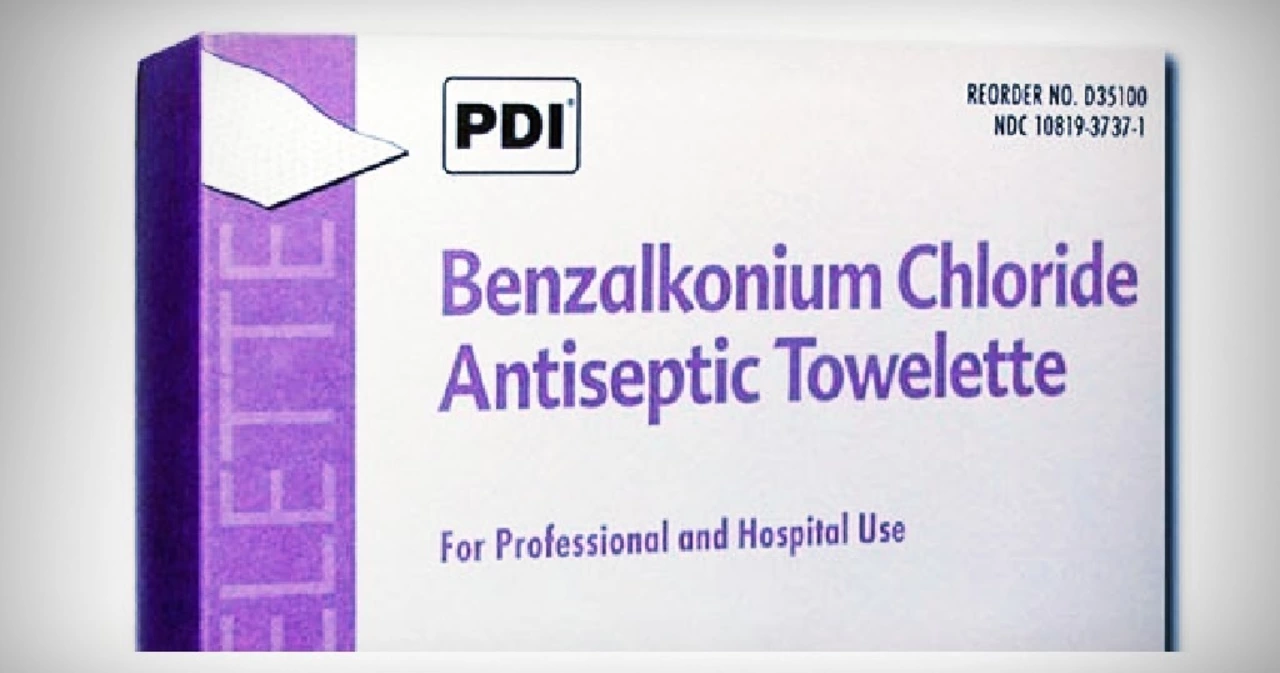Zinc Oxide — What It Does and How to Use It
Zinc oxide is a common ingredient in sunscreens, diaper creams, and skin barriers. It sits on the skin and blocks or scatters UV light instead of being absorbed like chemical filters. That makes it a top pick if you want a mineral sunscreen, a protective paste for baby, or a simple barrier for minor skin irritation.
How people use zinc oxide
Sunscreen: Zinc oxide gives broad-spectrum protection against UVA and UVB. Look for formulas with at least 10–20% zinc oxide for effective coverage; many commercial mineral sunscreens use 16–25%. It works immediately on application, so you don’t need to wait before going outside.
Diaper rash and skin barrier: Thick zinc oxide creams form a waterproof layer that protects irritated skin and speeds healing. Concentrations in these products often range from 10% up to 40%, depending on the brand and purpose.
Minor wounds and chafing: A zinc oxide paste can protect skin from moisture and friction while it heals. It isn’t an antibiotic, but it keeps the area dry and sheltered.
Practical tips for choosing and using zinc oxide
Pick the right format: creams and sticks work best for faces and sensitive areas; thicker pastes are better for diaper rash. Sprays with zinc oxide can release particles you might inhale—avoid them for infants or if you inhale easily.
How much to use: For face and neck, a nickel-sized dollop is usually enough; for a full adult body, aim for roughly a shot-glass amount. Reapply every two hours and after swimming or heavy sweating.
Nano vs non-nano: Nano zinc oxide particles make products less white on the skin. Regulators consider both safe for topical sunscreens, but if you want visible coverage or are wary of nanoparticles, choose non-nano labeled products.
Patch test new products: Put a small amount on inner forearm for 24 hours. If you get redness, swelling, or itching, stop using it and check with a healthcare provider.
Quick safety notes
Topical zinc oxide is generally safe for adults and babies, including during pregnancy. Don’t swallow zinc oxide creams—oral zinc supplements usually use other forms like zinc gluconate or sulfate. High-dose oral zinc can cause nausea and affect copper levels, so don’t self-prescribe large amounts.
See a doctor if a rash won’t improve after a few days, if you get signs of infection (pus, spreading redness, fever), or if you have a strong allergic reaction (severe swelling or trouble breathing).
Want a short checklist? Choose a broad-spectrum label, check the zinc oxide percent, prefer cream or stick for kids, avoid sprays, and patch test before regular use. That keeps things simple and effective when you’re picking or using zinc oxide products.
How benzalkonium chloride/zinc oxide is used in eye care products
As a blogger, I recently came across an interesting topic about how benzalkonium chloride and zinc oxide are used in eye care products. These two ingredients are commonly found in over-the-counter eye drops and ointments, mainly due to their antibacterial and astringent properties. Benzalkonium chloride acts as a preservative and disinfectant, while zinc oxide is often used to soothe and protect the eye. These ingredients work together to keep our eyes healthy and clean, while also providing relief from various eye irritations. It's fascinating to learn how everyday products contain such essential components for our eye care.

